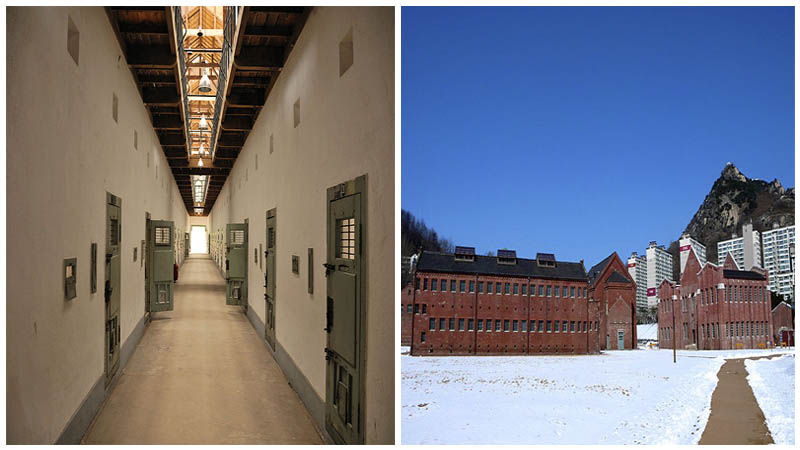From 1910 until 1945, the Japanese ruled over Korea – a period known as the Japanese colonial period. These times had many ups and downs.
On the one hand, the Japanese extensively modernized Korea and built new roads, schools, and telegraph lines; however, they also made life for the Koreans very difficult. This was especially true in the 1930s, when serious activities were undertaken to erase the Korean identity.
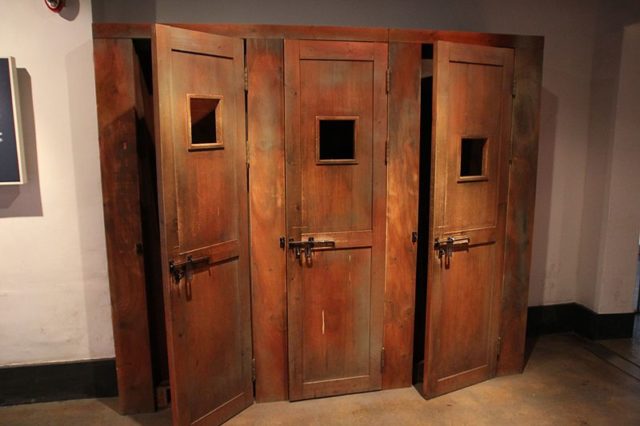
One of the methods used was a veto imposed on the Korean language – banning it from public schools. They also forced the Korean people to change their personal identities and adopt Japanese names.
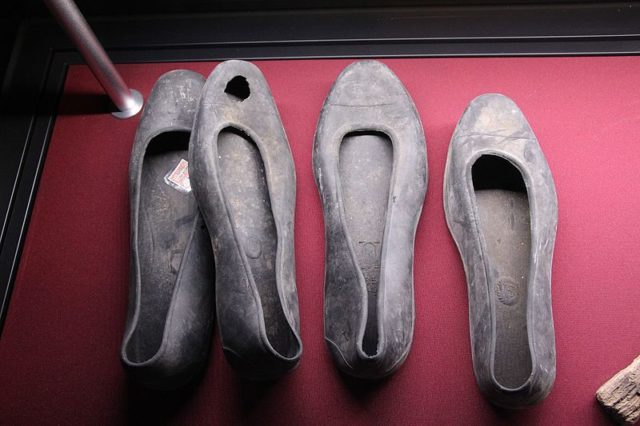
Naturally, there were those who opposed the Japanese rule. These people were taken to prison. Seodaemun Prison was an institution where many Korean activists ended up.
The city of Seoul was chosen as the perfect location for the prison, and in 1907 the first brick was laid. Construction only took one year. On October 21st, 1908, it was officially opened under the name “Gyeongseong Gamok.”
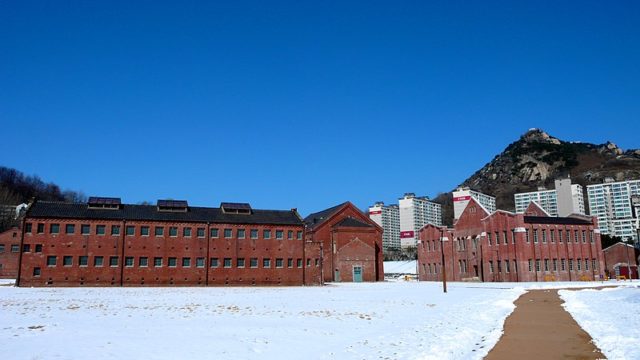
It was constructed to house 500 prisoners, although, during its most crowded years, it would be a hell on earth for 3500 prisoners. There were separate blocks for male and female inmates.
As the years went by, more and more people were brought in. Most of these were freedom-fighters and part of the Korean Liberation Movement. One of the movement’s prominent figures was Kim Koo, who was brought to Gyeongseong Gamok in 1911.
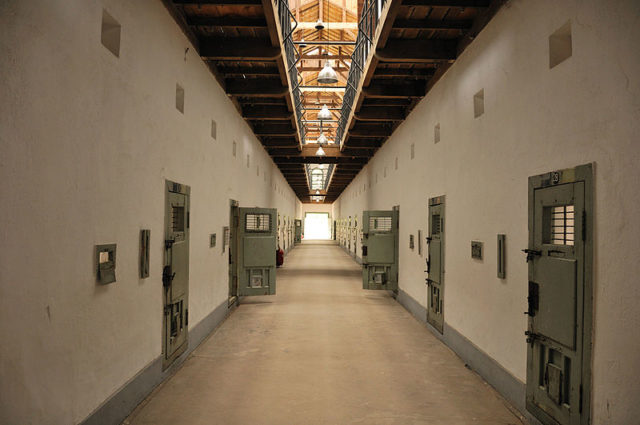
Seodaemun Prison had a bad reputation. According to researchers, although around 90 Korean prisoners officially died in the institution, there were about 600 others that also perished: never to be seen or heard from since.
There are many speculations about Seodaemun and the number of people killed within its walls. Many were tortured and executed.
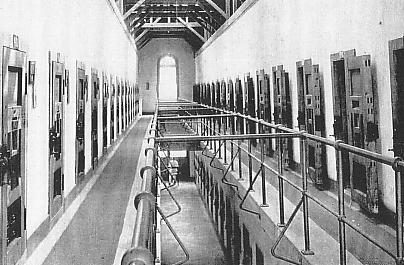
In 1923, the prison changed its name from Gyeongseong Gamok, a traditional name for a Japanese prison, to Seodaemun Prison. It continued to change its name over the years but is most widely known as Seodaemun Prison.
Shortly after the Man-se Demonstrations – or the March 1st Movement – in 1919, a great number of Koreans were arrested and brought to Seodaemun Prison. The demonstrations happened as a direct result of the Japanese occupation. Hundreds of thousands participated and sadly thousands were killed in a gruesome way by the Japanese police and thousands were arrested and taken to prison.
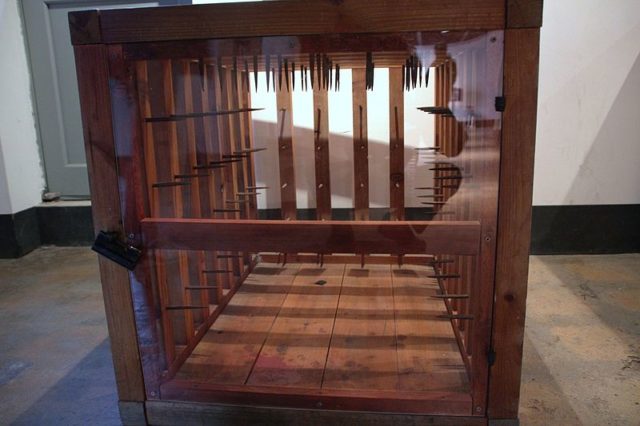
As an act of punishment, the Japanese authorities publicly executed a number of demonstrators.
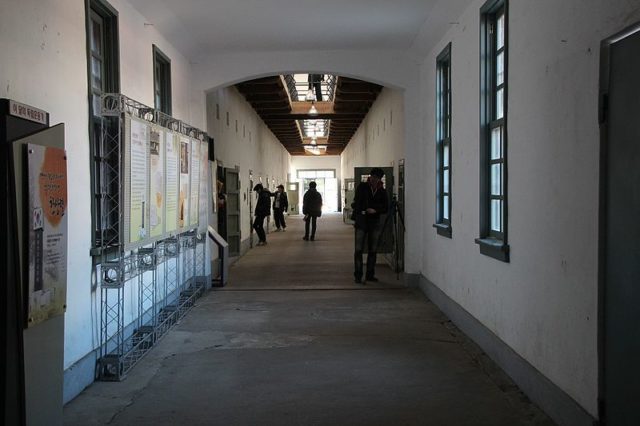
With this huge influx of people, conditions in the prison became unbearable; torture and execution became an everyday event. Executions took place in the execution hall, where the gallows were located.
The Japanese used the prison until 1945 when they surrendered at the end of the Second World War. The South Korean Government took control over the institution and used it for their own purposes until it was closed for good in 1987.
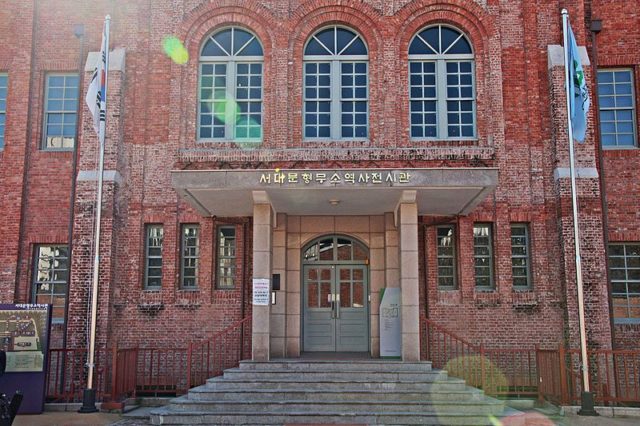
Today, part of it serves as a museum and a historical monument to all those that lost their lives under the tortuous Japanese rule. Anyone can come and visit the jail cells and torture contraptions that were once extensively used. The gallows are still standing too. Many of the torture chambers are equipped with human dummy models to demonstrate the horrors the Korean prisoners had to endure.
